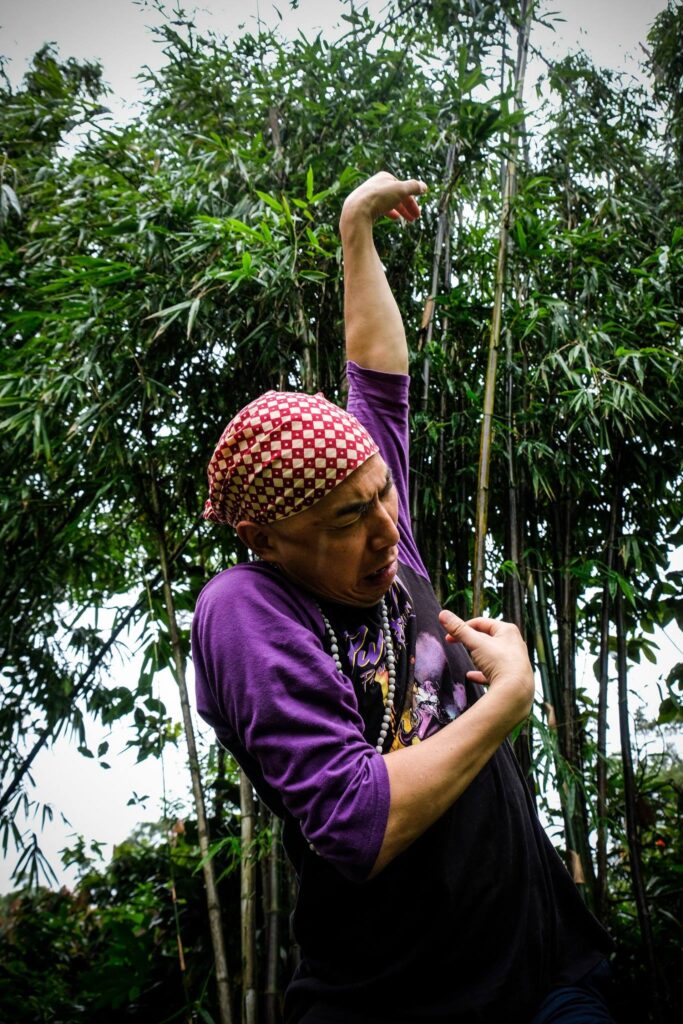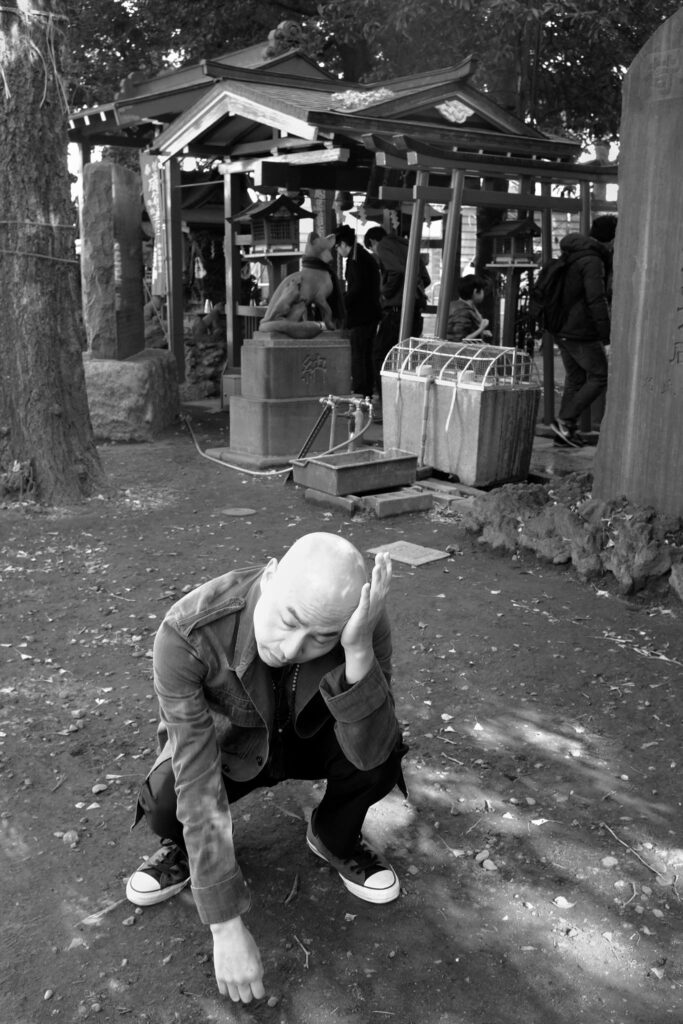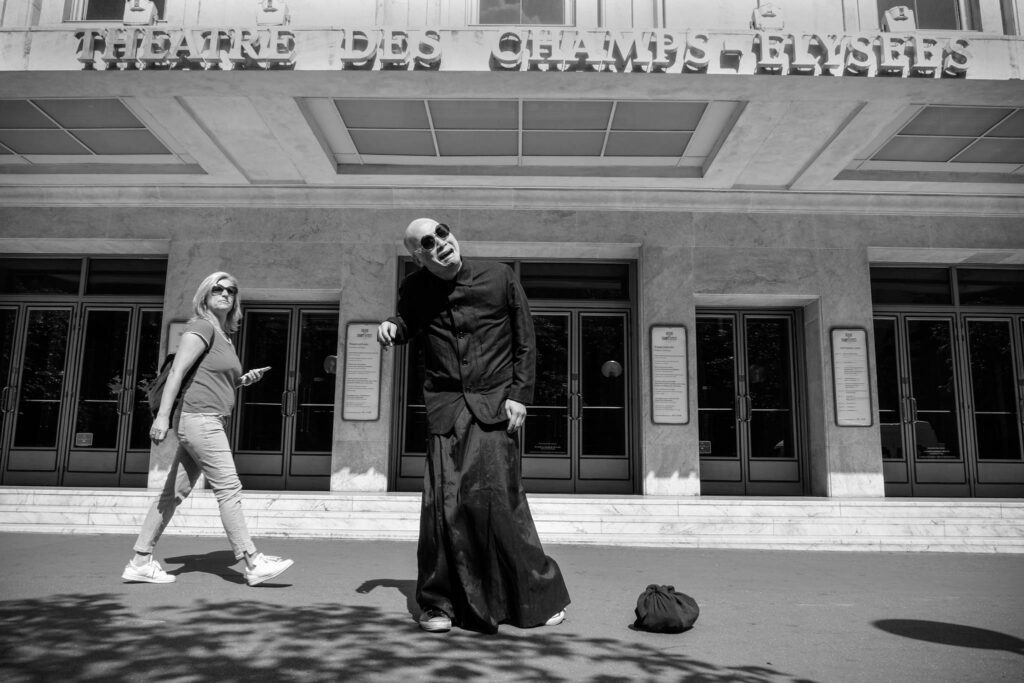
Mu. Not knowing. The funk. MuNK. My dancer name. Who I am.
Inspired by photographer Hosoe Eikoh and butoh founder Hijikata Tatsumi’s seminal photo essay, Kamaitachi (1969), MuNK integrates butoh dance theater and photography to portray my Japanese American, transnational butoh body. Just as choreography is writing with movement, so photography is writing with light. Photo essays are an exercise in reflection and narrative.
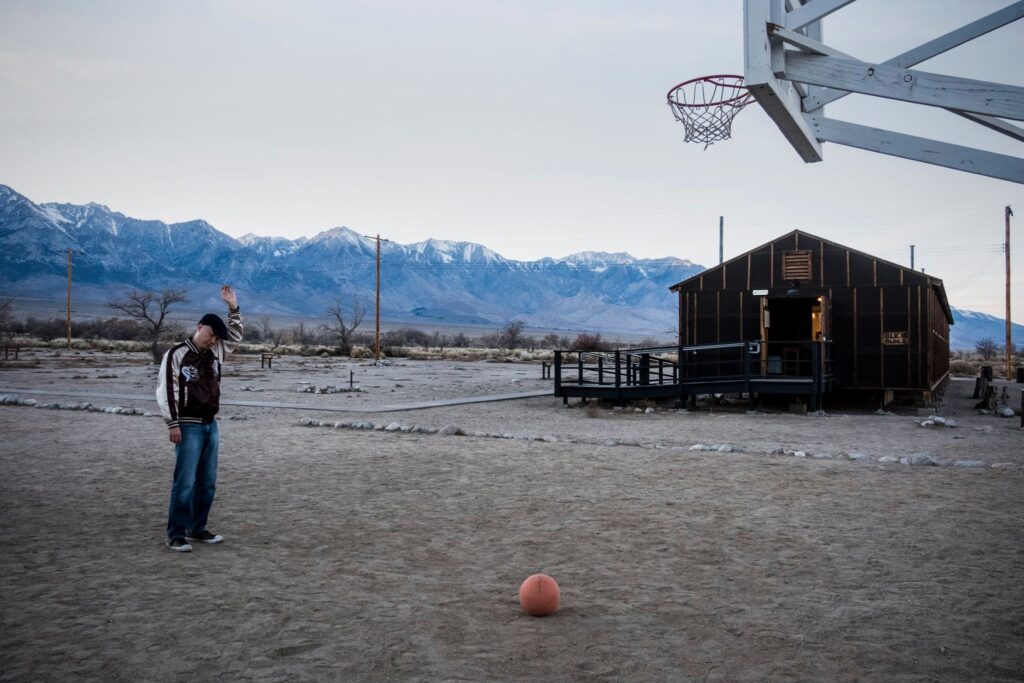
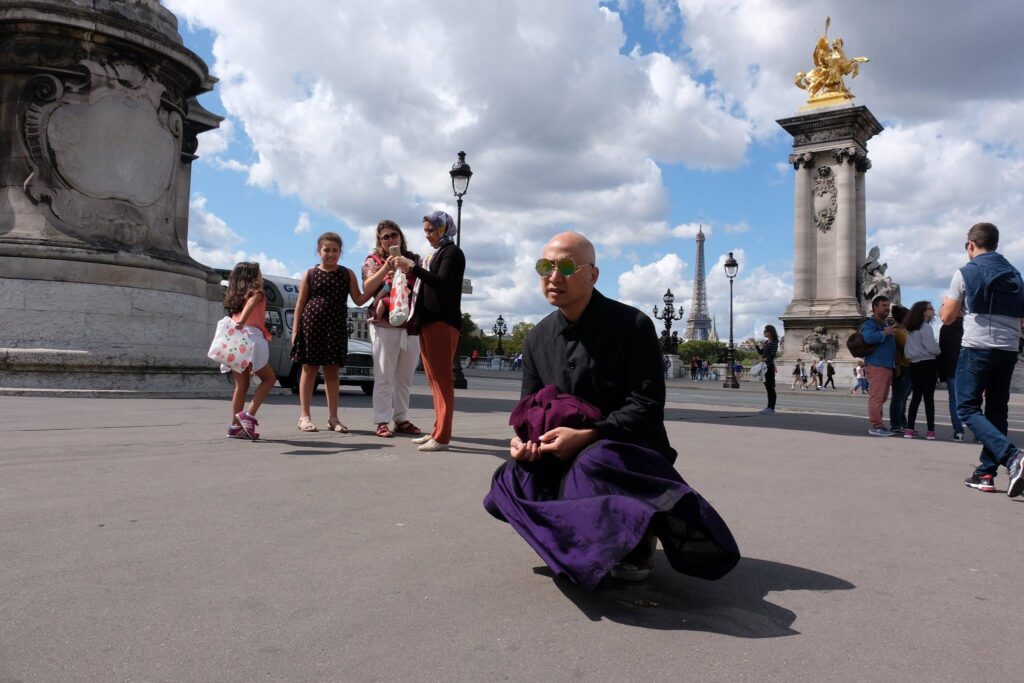
Reflecting the diverse cultural, historical, and international influences on my identity, MuNK is photographed in numerous locations: Tashiro and Tokyo, Japan, where much of Kamaitachi was photographed; Maui, where my paternal grandfather grew up, and Central California, where he lived and worked as a migrant farm worker during the Great Depression; Manzanar prison camp, where my father’s parents were married and where he was born; Paris, where butoh first became successful in the West; and Southern California, where I was born and raised.
